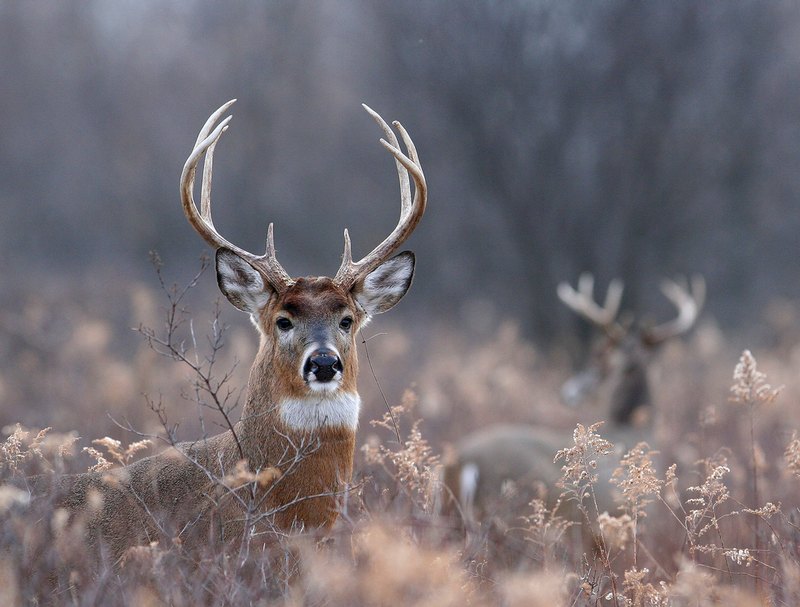White-tailed deer hunting can be fun, but it’s also a lot of work. Hunters have tried for years to get the edge of big, mature bucks. Bait, calls and decoys can all be effective when used at the right times. However, one of the most-used methods hunters use for attracting bucks is the use of deer urine. But many states have started a deer urine ban. This is because some scientist believe that deer urine can carry chronic wasting disease (CWD). Vermont is the latest state to ban deer urine.
The Vermont Fish and Wildlife Department is asking hunters to help protect Vermont deer and moose by avoiding the use of urine-based attractant scents. The infectious agent of CWD, a fatal disease of deer, is a mutant protein or prion that research has shown can be passed in urine. This mutant protein can bind to soils and remain infectious for many years. Okay, so why the deer urine ban, you ask? Some captive deer facilities producing urine products for hunting have not complied with mandatory CWD disease prevention and monitoring regulations.

The products they are producing may, as a result, be capable of transmitting deer diseases such as CWD. Saskatchewan has a deer urine ban and nine states are considering a similar regulation. CWD is fatal to whitetail deer, mule deer, elk and moose and has been impossible to eliminate once it has been fully established in a population. CWD has not been detected in Vermont after several years of testing brain tissue samples from dead deer.
And both the state and its hunters would like to keep it that way. “If CWD is ever detected in Vermont, local deer numbers would have to be greatly reduced to remove the disease before it becomes established,” said Vermont Director of Wildlife Mark Scott. “This reduction would have to be done for at least five years.” I say stay with the deer urine ban if its use could have that type of negative effect on hunting. The introduction of CWD would be a real shot to the state’s deer management efforts.